|
Sonora Webster of Georgia adored horses. At age five, she even tried to swap her baby brother for one. Alas, grownups disapproved. At age nineteen, in 1923, Sonora went to the Savannah fair. There she saw a huge, deep pool of water beside a tower as tall as a four-story building. High atop was a lady in a red swimsuit and circle of spotlight. At her signal, a gray horse pounded up the ramps. The lady jumped on. The horse tossed its snowy mane and tail, leaped into space, and down into the pool! Glittering sheets of water SPLASHED the shrieking crowd. After a breathless moment, the horse rocketed UP from the depths, made its way to the arena, and the smiling lady dismounted. How Sonora clapped and cheered— for that beautiful horse! As it happened, the elderly showman who’d invented this amazing act needed extra ladies for his popular traveling shows. He advertised in the local paper:
“Likes horses?” THIS was the job for Sonora! As a trainer, “Doc” Carver was tough, but so was Sonora. She learned how to dive with all five of Doc’s horses, all carefully trained and cared-for. (Veterinarians checked often to see that they were.) In time, she made countless dives— and fell for Doc’s son Al. They married. After Doc died, Al took over the act, starring Sonora and the magnificent diving horses. Sonora met her day of destiny at Atlantic City’s Steel Pier, New Jersey’s great amusement park, July 14, 1931. She hopped astride Red Lips, her favorite horse. “Red” leaped from the tower. And somehow, Sonora hit the water face first, in the instant before she closed her eyes. They stung, but how could she know that the water collision had loosened her eyeballs’ retinas? She didn’t! Soon, despite medical treatments, 27-year-old Sonora saw her vision fading away. Could she accept that her diving days were over? She wouldn’t! She might have lost her sight, but her love and trust for her brave horses? Never! They’d keep flying through the air together, thrilling and splashing audiences for the next eleven years. Sonora Webster Carver told her story in her 1961 memoir, A Girl and Five Brave Horses, which inspired a 1991 film, Wild Hearts Can’t Be Broken. She died at age 99, in 2003. Because world-traveling sharpshooter, William Frank Carver had been a dentist, such friends as “Buffalo Bill” Cody called him “Doc.” Wikimedia Sonora and her brave diving partner. Equine Inc. An exciting day at Steel Pier, Atlantic City, N.J. NJ com 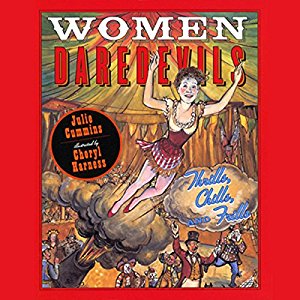 Cheryl Harness is an illustrator as well an author, as seen by her delightful poster-like illustrations in Women Daredevils by Julia Cummins. The book offers mini biographies of ten fascinating women who risked their lives in the late 1800s and early 1900s to entertain the public. MLA 8 Citation
Harness, Cheryl. "Splash!" Nonfiction Minute, iNK Think Tank, 17 Jan. 2018, www.nonfictionminute.org/the-nonfiction-minute/splash.
0 Comments
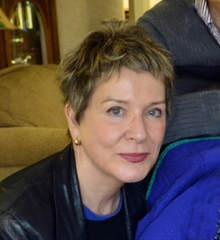 “What is this country bumpkin up to? Is this some kind of a joke?” Laughter rippled through the conference room in Richmond as Lemuel Chenoweth unloaded his saddlebags and took out a bunch of oak sticks wrapped in newspapers. He was the last builder to show his plans for the great competition in 1850 to build a bridge across the Tygart River in western Virginia (now West Virginia). Only a ferry connected the bustling north-south throughway at Philippi, causing traffic jams and the slowing of our young nation’s relentless commerce and travel. Engineers had come from all over the east to show their plans … blueprints of cable suspension bridges, fancy cantilevered structures, an arched bridge. It had to be durable, and support wagonloads of heavy goods and herds of livestock. ridge across the Tygart River in western Virginia (now West Virginia). Only a ferry connected the bustling north-south throughway at Philippi, causing traffic jams and the slowing of our young nation’s relentless commerce and travel. Quietly Lemuel assembled a miniature bridge, using no hammer or nails. Compared to the fancy bridge models shown, his was plain. Then, he pulled out two chairs, placed his construction across them, and spoke. “Since I have no blueprints,” he said, “you may allow me a demonstration.” Suddenly he stepped up onto the top of the model, and walked across it--from one end to the other. A gasp went up. No way could it hold! They knew their mathematics. Had this been the actual bridge it would have been as if a six-hundred-foot man stood on it. But the model held, and in the hushed silence that followed, Lemuel turned to the other contestants and asked, “Can you stand on your models?” No one dared. They all knew theirs would be crushed. And that's how Lemuel Chenoweth, a shy western Virginian with a third-grade education, won the competition for the famous Tygart River Bridge. The double-barreled bridge has survived fires, the Civil War, floods, and 18-wheeler trucks. It is the only covered bridge left in the US serving a federal highway. It has its own museum, and in 1983 Governor Jay Rockefeller declared June 15 Lemuel Chenoweth Day. Lemuel started out making furniture, wagons, and coffins, and later built houses, a church, and many bridges. He married Nancy Hart, the great-granddaughter of John Hart, signer of the Declaration of Independence. They had 13 children. So how do we know about this story? Because Lemuel Chenoweth was my great-great- granddaddy, and throughout my childhood I heard the story of Lemuel, the model bridge, and the two chairs. 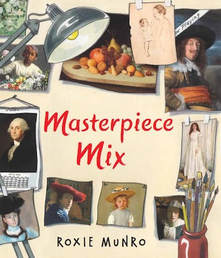 Roxie Munro's newest book uses thirty-seven of her favorite masterpieces by great artists as an inspiration for her own masterpiece that is a cityscape and a game. You can read a review of the book here. Roxie is also a member of iNK's Authors on Call where you can invite her to your classroom virtually. MLA 8 Citation Munro, Roxie. "Lemuel's Bridge." Nonfiction Minute, iNK Think Tank, 16 Oct. 2017, www.nonfictionminute.org/the-nonfiction-minute/lemuels-bridge. 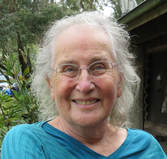 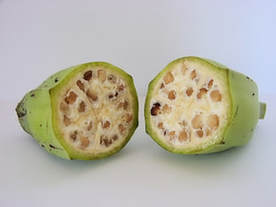 You can see how little fruit is inside a wild banana. You can see how little fruit is inside a wild banana. You probably eat bananas at least once a week—they are the most popular of all fruits, even surpassing the apple. But have you ever noticed that bananas have no seeds? Probably not. You just peel them and enjoy their soft, seedless flesh without even thinking about seeds. If you’d been strolling through a tropical forest in New Guinea thousands of years ago and reached up to pluck a wild banana snack, you wouldn’t have wanted to eat it. The banana ancestors had big hard seeds surrounded by a small amount of sweet flesh, not worth peeling. Sometimes, however, plants appeared with fruit that had no seeds. Over time, people cherished these seedless fruits and grew the plants for their own use. The banana plant sends up a central stalk surrounded by very large leaves, then flowers at the tip. The flowers produce a heavy load of bananas without being pollinated. Then the stalk dies. Meanwhile, the stalk sends out side shoots that become new plants. That’s a form of cloning, meaning that all of a banana plant’s progeny are genetically identical, both to their parent and to one another. The ancestors of the modern banana could reproduce in the usual way, so their seeds contained mixtures of DNA from the mother plant and DNA from another plant’s pollen. This “sexual reproduction” allows for the genes of the plants to be combined in new ways. If a disease came along, it might kill most of the plants, but some others could have natural resistance and survive. Because it lacks seeds, the banana has gotten into trouble. Back in the 1950s, an especially sweet and tasty variety called the Gros Michel was the commercial banana. But a devastating fungus came along and killed the plants and contaminated the soil. Growers then chose another variety, Cavendish, which resisted the disease. But now a wilt called Panama disease has shown up that kills the Cavendish plants. And because bananas lack genetic diversity and because they don’t develop seeds that mix up their genes, the Cavendish has no way of defending itself. Banana growers are doing what they can to stop the spread of the disease, however, and up to now they have been successful. But don’t be surprised if in a few years the bananas you buy look and taste different. Luckily, there are other varieties out there, like small “finger” bananas and larger red-skinned fruits, that you can already buy in places like Hawaii.
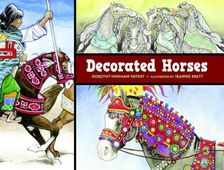 Dorothy Hinshaw Patent's new nonfiction picture book about horses has a fresh focus: how people over the ages have decorated horses in special ways. Organized into three categories—warfare and hunting, performance and competition, performance, and ceremony—the book introduces horses such as the chariot-pulling war horse of the Persians to the rose-decorated winner of the Kentucky Derby. For more information, click here. Dorothy Hinshaw Patent is a member of iNK's Authors on Call and is available for classroom programs through Field Trip Zoom, a terrific technology that requires only a computer, wifi, and a webcam. Click here to find out more. MLA 8 Citation
Patent, Dorothy Hinshaw. "The Flaw in the Seedless Banana." Nonfiction Minute, iNK Think Tank, 21 Dec. 2017, www.nonfictionminute.org/ the-nonfiction-minute/The-Flaw-in-the-Seedless-Banana. Accessed 21 Dec. 2017. |
*NEWS
|
For Vicki Cobb's BLOG (nonfiction book reviews, info on education, more), click here: Vicki's Blog
The NCSS-CBC Notable Social Studies Committee is pleased to inform you
that 30 People Who Changed the World has been selected for Notable Social Studies Trade Books for Young People 2018, a cooperative project of the National Council for the Social Studies (NCSS) & the Children’s Book Council
Categories
All
Abolitionists
Adams Janus
Adaptation
Adaptations
Adkins Jan
Advertising
Aerodynamics
Africa
African American History
African Americans
Africa West
Agriculture
Aircraft
Air Pilots
Air Pressure
Air Travel
Albee Sarah
Alchemy
Alligators
Allusion
American History
American Icons
Amphibians
Amundsen Roald
Anatomy
Ancient
Ancient Cultures
Anderson Marian 1897-1993
Animal Behavior
Animal Experimentation
Animal Intelligence
Animals
Animation
Antarctica
Ants
Apache Indians
Apes
April Fool's Day
Architecture
Argument
Arithmetic
Art
Art Deco
Artists
Arts
Asia
Astronauts
Astronomy
Athletes
Atomic Theory
Audubon Societies
Authors
Autobiography
Automobiles
Aviation
Awards
Bacteria
Baseball
Battuta Ibn
Bears
Beatles
Beavers
Bees
Biodegradation
Biography
Biology
Biomes
Biomimicry
Biplanes
Birds
Black Death
Black History
Blindness
Blizzards
Bombs
Bonaparte Napoleon
Boone Daniel
Botany
Brazil
Bridges
Brill Marlene Targ
Brooklyn Bridge
Brown John
Buffaloes
Building Materials
Butterflies
Caesar
Caesar Julius
Caissons
Calculus
Calendars
Cannibal
Capitals
Caravaggio
Carbon Dioxide
Carnivores
Carson Mary Kay
Cartoons & Comics
Carving (Decorative Arts)
Cascade Range
Castaldo Nancy
Castles
Castrovilla Selene
Cathedrals
Cats
Caves
Celts
Cemeteries
Chemistry
Children's Authors
Child Welfare
China
Choctaw Indians
Christmas
Chronometers
Cicadas
Cinco De Mayo
Ciphers
Circle
Citizenship
Civil Rights
Civil Rights Movements
Civil War
Civil War - US
Climate
Climate Change
Clocks And Watches
Clouds
Cobb Vicki
COBOL (Computer Language)
Code And Cipher Stories
Collard III Sneed B.
Collectors And Collecting
Color
Commerce
Communication
Competition
Compilers
Composers
Computers
Congressional Gold Medal
Consitution
Contests
Contraltos
Coolidge Calvin
Cooling
Corms
Corn
Counterfeiters
Covid-19
Crocodiles
Cryptography
Culture
Darwin Charles
Declaration Of Independence
Decomposition
Decompression Sickness
Deep-sea Animals
Deer
De Medici Catherine
Design
Detectives
Dickens Charles
Disasters
Discrimination
Diseases
Disney Walt
DNA
Dogs
Dollar
Dolphins
Douglass Frederick 1818-1895
Droughts
Dr. Suess
Dunphy Madeleine
Ear
Earth
Earthquakes
Ecology
Economics
Ecosystem
Edison Thomas A
Education
Egypt
Eiffel-gustave-18321923
Eiffel-tower
Einstein-albert
Elephants
Elk
Emancipationproclamation
Endangered Species
Endangered-species
Energy
Engineering
England
Englishlanguage-arts
Entomology
Environmental-protection
Environmental-science
Equinox
Erie-canal
Etymology
Europe
European-history
Evolution
Experiments
Explorers
Explosions
Exports
Extinction
Extinction-biology
Eye
Fairs
Fawkes-guy
Federalgovernment
Film
Fires
Fishes
Flight
Floods
Flowers
Flute
Food
Food-chains
Foodpreservation
Foodsupply
Food-supply
Football
Forceandenergy
Force-and-energy
Forensicscienceandmedicine
Forensic Science And Medicine
Fossils
Foundlings
France
Francoprussian-war
Freedom
Freedomofspeech
French-revolution
Friction
Frogs
Frontier
Frontier-and-pioneer-life
Frozenfoods
Fugitiveslaves
Fultonrobert
Galapagos-islands
Galleys
Gametheory
Gaudi-antoni-18521926
Gender
Generals
Genes
Genetics
Geography
Geology
Geometry
Geysers
Ghosts
Giraffe
Glaciers
Glaucoma
Gliders-aeronautics
Global-warming
Gods-goddesses
Gold-mines-and-mining
Government
Grant-ulysses-s
Grasshoppers
Gravity
Great-britain
Great-depression
Greece
Greek-letters
Greenberg Jan
Hair
Halloween
Handel-george-frederic
Harness Cheryl
Harrison-john-16931776
Health-wellness
Hearing
Hearing-aids
Hearst-william-randolph
Henry-iv-king-of-england
Herbivores
Hip Hop
History
History-19th-century
History-france
History-world
Hitler-adolph
Hoaxes
Holidays
Hollihan Kerrie Logan
Homestead-law
Hopper-grace
Horses
Hot Air Balloons
Hot-air-balloons
Housing
Huguenots
Human Body
Hurricanes
Ice
Icebergs
Illustration
Imagery
Imhotep
Imperialism
Indian-code-talkers
Indonesia
Industrialization
Industrial-revolution
Inquisition
Insects
Insulation
Intelligence
Interstatecommerce
Interviewing
Inventions
Inventors
Irrational-numbers
Irrigation
Islands
Jacksonandrew
Jazz
Jeffersonthomas
Jefferson-thomas
Jemisonmae
Jenkins-steve
Jet-stream
Johnsonlyndonb
Jokes
Journalism
Keeling-charles-d
Kennedyjohnf
Kenya
Kidnapping
Kingmartinlutherjr19291968
Kingmartinlutherjr19291968d6528702d6
Kings-and-rulers
Kings Queens
Kings-queens
Koala
Labor
Labor Policy
Lafayette Marie Joseph Paul Yves Roch Gilbert Du Motier Marquis De 17571834
Landscapes
Languages-and-culture
Law-enforcement
Layfayette
Levers
Levinson Cynthia
Lewis And Clark Expedition (1804-1806)
Lewis Edmonia
Liberty
Lift (Aerodynamics)
Light
Lindbergh Charles
Liszt Franz
Literary Devices
Literature
Lizards
Longitude
Louis XIV King Of France
Lumber
Lunar Calendar
Lynching
Macaws
Madison-dolley
Madison-james
Madison-james
Mammals
Maneta-norman
Maneta-norman
Marathon-greece
Marine-biology
Marine-biology
Marines
Marsupials
Martial-arts
Marx-trish
Mass
Massachusetts-maritime-academy
Mass-media
Mastodons
Mathematics
May-day
Mcclafferty-carla-killough
Mcclafferty-carla-killough
Mckinley-william
Measurement
Mechanics
Media-literacy
Media-literacy
Medicine
Memoir
Memorial-day
Metaphor
Meteorology
Mexico
Mickey-mouse
Microscopy
Middle-west
Migration
Military
Miners
Mississippi
Molasses
Monarchy
Monsters
Montgomery
Montgomery-bus-boycott-19551956
Montgomery-heather-l
Monuments
Moon
Moran-thomas
Morsecode
Morsesamuel
Moss-marissa
Moss-marissa
Motion
Motion-pictures
Mummies
Munro-roxie
Munro-roxie
Musclestrength
Museums
Music
Muslims
Mythologygreek
Nanofibers
Nanotechnology
Nathan-amy
Nathan-amy
Nationalfootballleague
Nationalparksandreserves
Nativeamericans
Native-americans
Native-americans
Naturalhistory
Naturalists
Nature
Nauticalcharts
Nauticalinstruments
Navajoindians
Navigation
Navy
Ncaafootball
Nervoussystem
Newdeal19331939
Newman-aline
Newman-aline
Newton-isaac
New-york-city
Nobelprizewinners
Nomads
Nonfictionnarrative
Nutrition
Nylon
Nymphs-insects
Oaths Of Office
Occupations
Ocean
Ocean-liners
Olympics
Omnivores
Optics
Origami
Origin
Orphans
Ottomanempire
Painters
Painting
Paleontology
Pandemic
Paper-airplanes
Parksrosa19132005
Parrots
Passiveresistance
Patent Dorothy Hinshaw
Peerreview
Penguins
Persistence
Personalnarrative
Personification
Pets
Photography
Physics
Pi
Pigeons
Pilots
Pinkertonallan
Pirates
Plague
Plains
Plainsindians
Planets
Plantbreeding
Plants
Plastics
Poaching
Poetry
Poisons
Poland
Police
Political-parties
Pollen
Pollution
Polo-marco
Populism
Portraits
Predation
Predators
Presidentialmedaloffreedom
Presidents
Prey
Prey-predators
Prey-predators
Prime-meridian
Pringle Laurence
Prohibition
Proteins
Protestandsocialmovements
Protestants
Protestsongs
Punishment
Pyramids
Questioning
Radio
Railroad
Rainforests
Rappaport-doreen
Ratio
Reading
Realism
Recipes
Recycling
Refrigerators
Reich-susanna
Religion
Renaissance
Reproduction
Reptiles
Reservoirs
Rheumatoidarthritis
Rhythm-and-blues-music
Rice
Rivers
Roaringtwenties
Roosevelteleanor
Rooseveltfranklind
Roosevelt-franklin-d
Roosevelt-theodore
Running
Russia
Safety
Sanitation
Schwartz David M
Science
Scientificmethod
Scientists
Scottrobert
Sculpture
Sculpturegardens
Sea-level
Seals
Seals-animals
Secretariesofstate
Secretservice
Seeds
Segregation
Segregationineducation
Sensessensation
September11terroristattacks2001
Seuss
Sextant
Shackletonernest
Shawneeindians
Ships
Shortstories
Silkworms
Simple-machines
Singers
Siy Alexandra
Slavery
Smuggling
Snakes
Socialchange
Social-change
Socialjustice
Social-justice
Socialstudies
Social-studies
Social-studies
Sodhouses
Solarsystem
Sound
Southeast-asia
Soybean
Space Travelers
Spain
Speech
Speed
Spiders
Spies
Spiritualssongs
Sports
Sports-history
Sports-science
Spring
Squirrels
Statue-of-liberty
STEM
Storms
Strategy
Sugar
Sumatra
Summer
Superbowl
Surgery
Survival
Swanson-jennifer
Swinburne Stephen R.
Synthetic-drugs
Taiwan
Tardigrada
Tasmania
Tasmanian Devil
Tasmanian-devil
Technology
Tecumsehshawneechief
Telegraph-wireless
Temperature
Tennis
Terrorism
Thomas Peggy
Thompson Laurie Ann
Time
Titanic
Tombs
Tortoises
Towle Sarah
Transcontinental-flights
Transportation
Travel
Trees
Trung Sisters Rebellion
Tundra
Turnips
Turtles
Typhoons
Underground Railroad
Us-environmental-protection-agency
Us History
Us-history
Ushistoryrevolution
Us History Revolution
Us-history-war-of-1812
Us Presidents
Ussupremecourtlandmarkcases
Vacations
Vaccines
Vangoghvincent
Vegetables
Venom
Vietnam
Viruses
Visual-literacy
Volcanoes
Voting-rghts
War
Warne-kate
Warren Andrea
Washington-dc
Washington George
Water
Water-currents
Wax-figures
Weapons
Weather
Weatherford Carole Boston
Whiting Jim
Wildfires
Winds
Windsor-castle
Wolves
Woman In History
Women
Women Airforce Service Pilots
Women-airforce-service-pilots
Womeninhistory
Women In History
Women-in-science
Women's History
Womens-roles-through-history
Wonder
Woodson-carter-godwin-18751950
World-war-i
World War Ii
World-war-ii
Wright Brothers
Writing
Writing-skills
Wwi
Xrays
Yellowstone-national-park
Zaunders Bo
ArchivesMarch 2021
February 2021
January 2021
December 2020
November 2020
October 2020
September 2020
June 2020
May 2020
April 2020
March 2020
February 2020
January 2020
December 2019
October 2019
September 2019
August 2019
July 2019
May 2019
April 2019
March 2019
February 2019
January 2019
December 2018
November 2018
September 2018
June 2018
May 2018
April 2018
March 2018
February 2018
January 2018
December 2017
November 2017
October 2017
September 2017
March 2017
The NONFICTION MINUTE, Authors on Call, and. the iNK Books & Media Store are divisions of iNK THINK TANK INC.
a 501 (c) (3) nonprofit corporation. To return to the iNK Think Tank landing page click the icon or the link below. :
http://inkthinktank.org/
For more information or support, contact thoughts@inkthinktank.org
For Privacy Policy, go to
Privacy Policy
© COPYRIGHT the Nonfiction Minute 2020.
ALL RIGHTS RESERVED.
This site uses cookies to personalize your experience, analyze site usage, and offer tailored promotions. www.youronlinechoices.eu
Remind me later
Archives
March 2023
February 2023
January 2023
December 2022
November 2022
October 2022
September 2022
June 2022
May 2022
April 2022
March 2022
February 2022
January 2022
December 2021
November 2021
September 2021
April 2021
March 2021
February 2021
November 2020
October 2020
September 2020
June 2020
May 2020
April 2020
March 2020
February 2020
January 2020
October 2019
August 2019
July 2019
May 2019
April 2019
December 2018
September 2018
June 2018
May 2018
March 2018
February 2018
January 2018
December 2017
November 2017
October 2017
September 2017

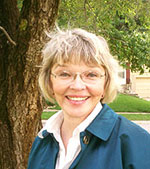

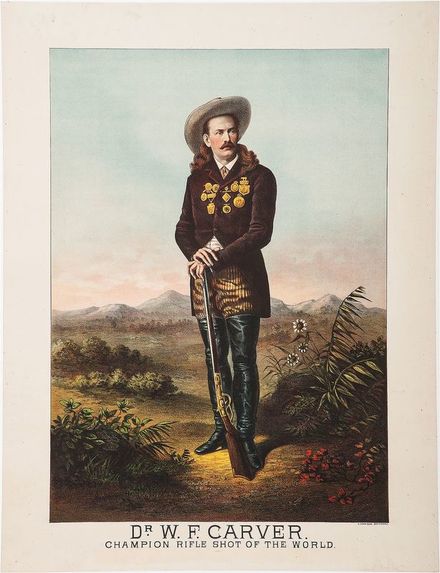
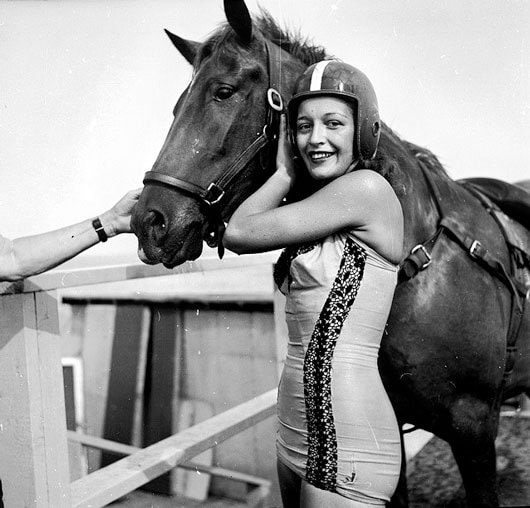
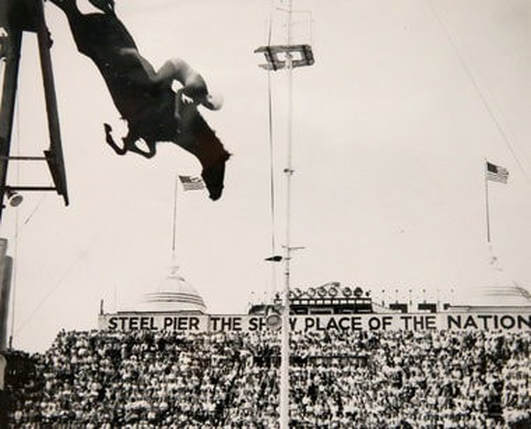



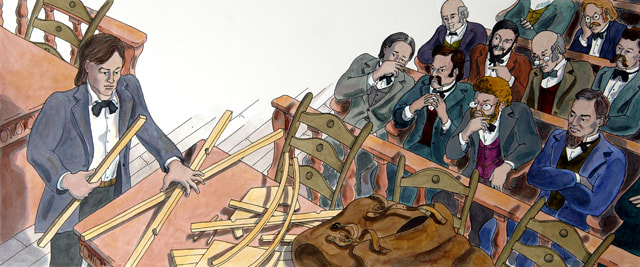
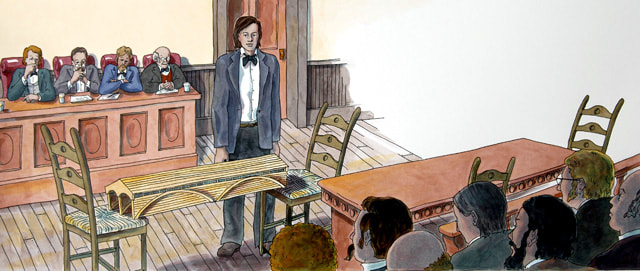
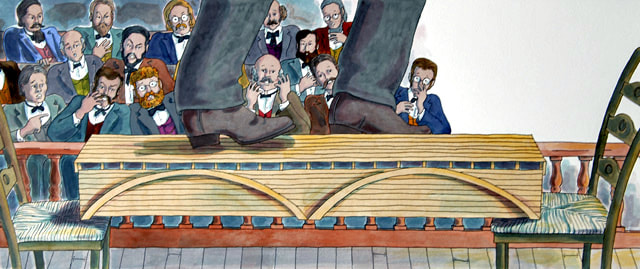
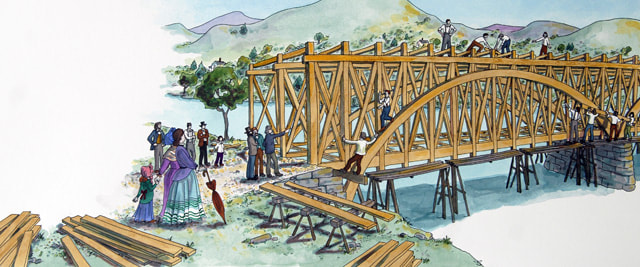
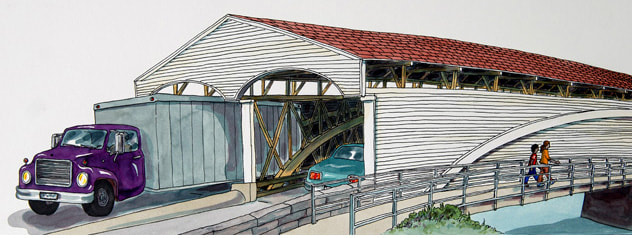


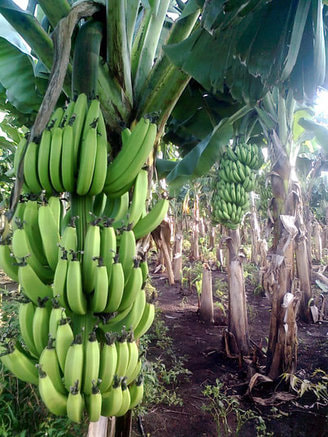
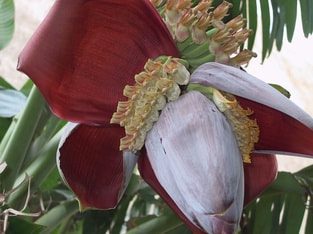


 RSS Feed
RSS Feed
